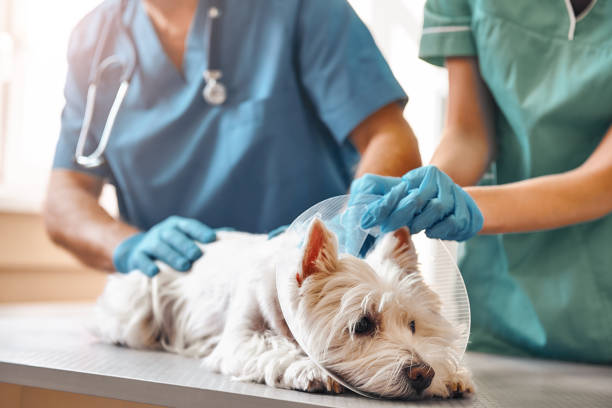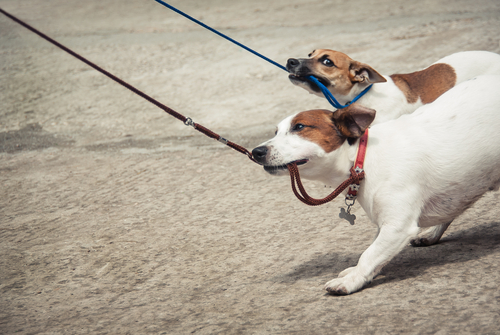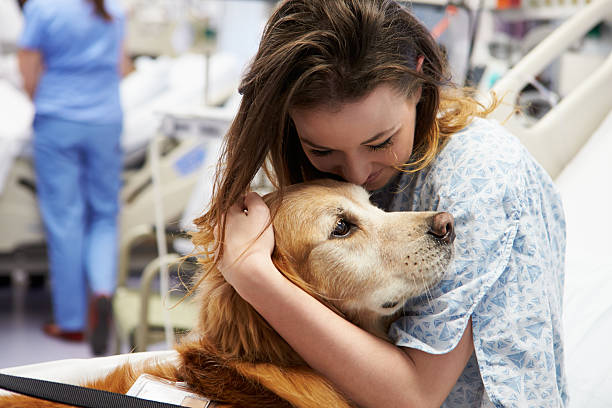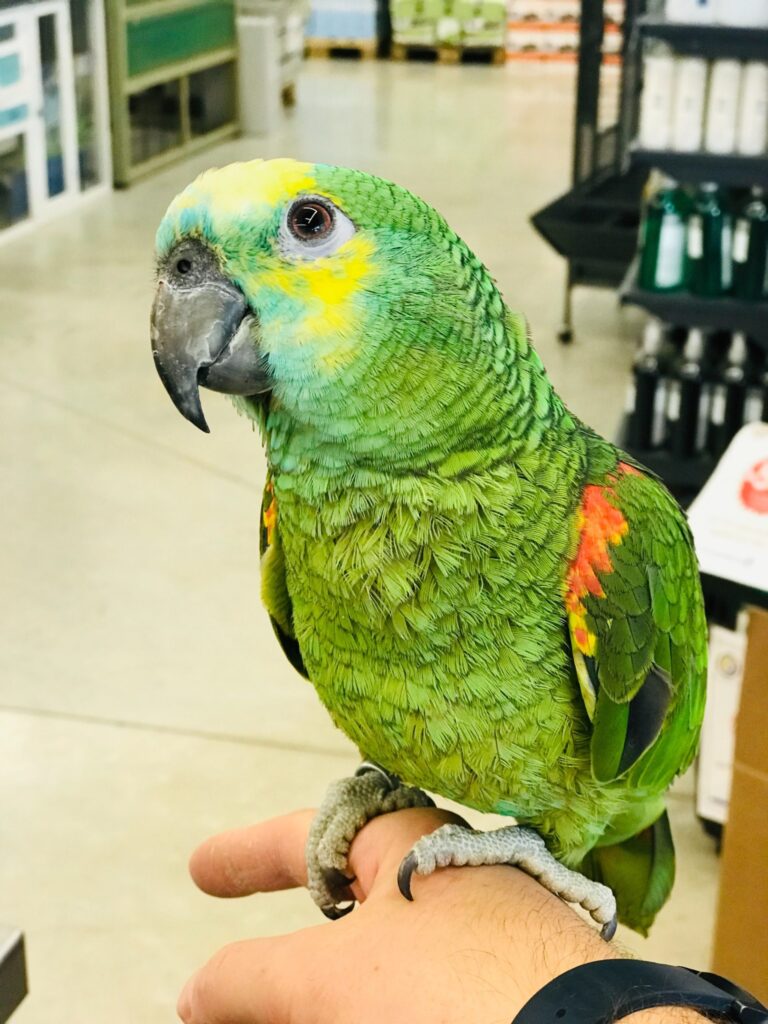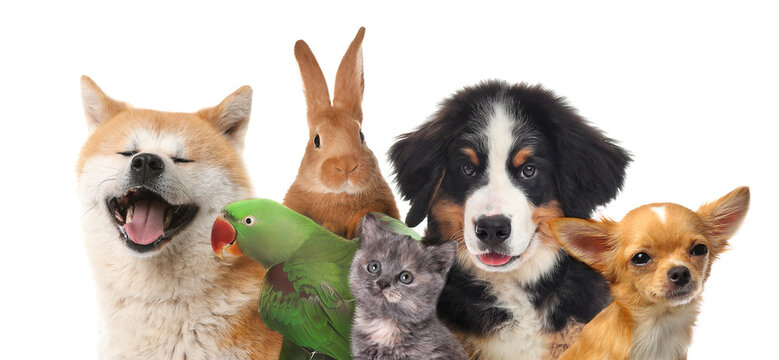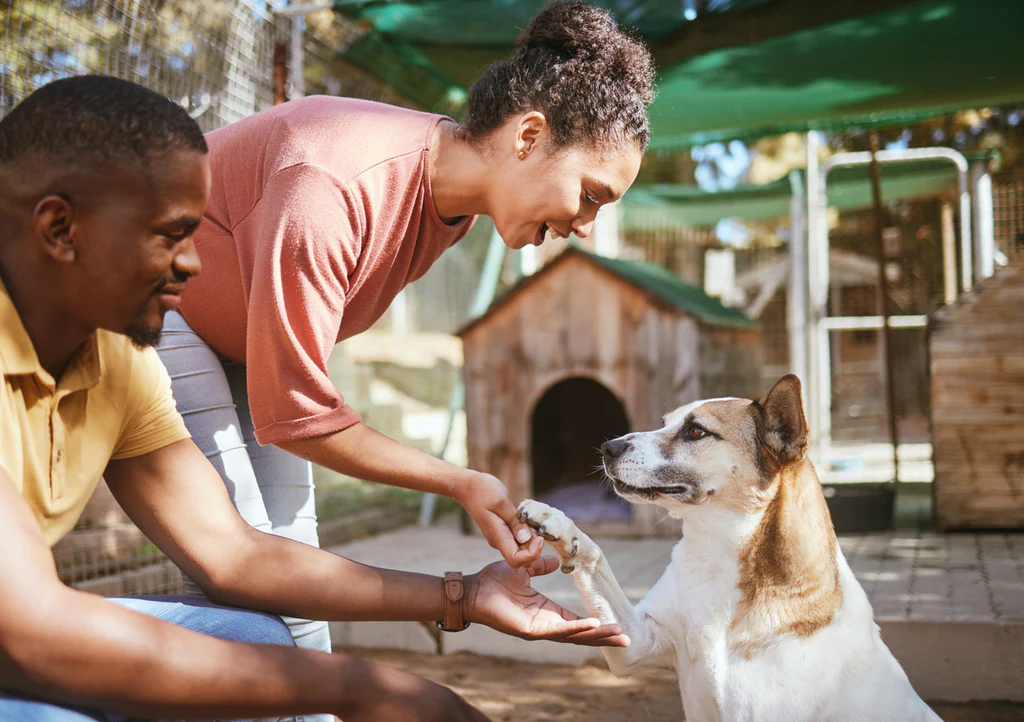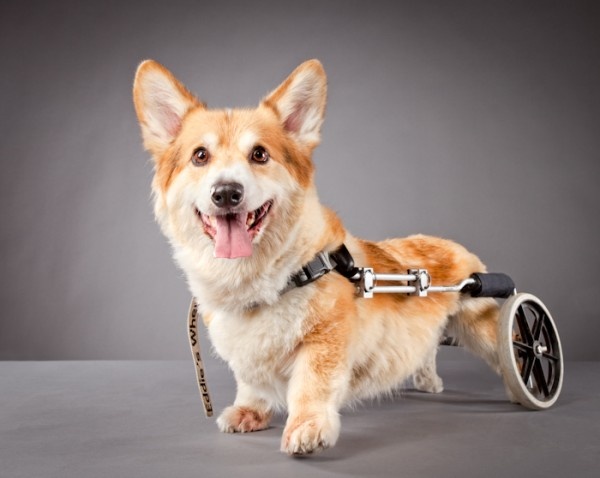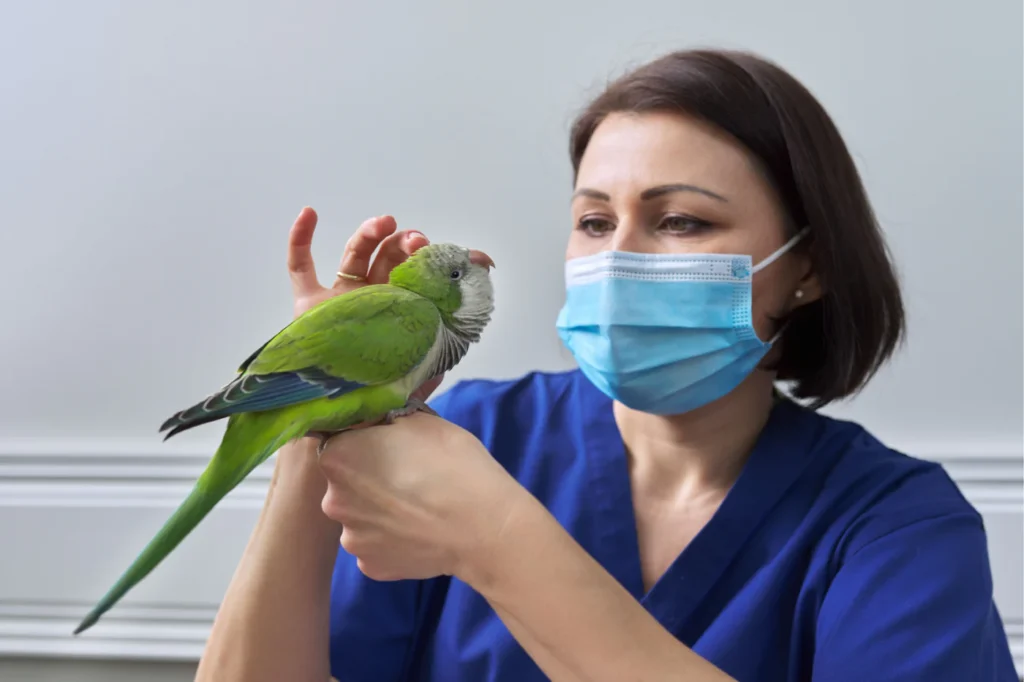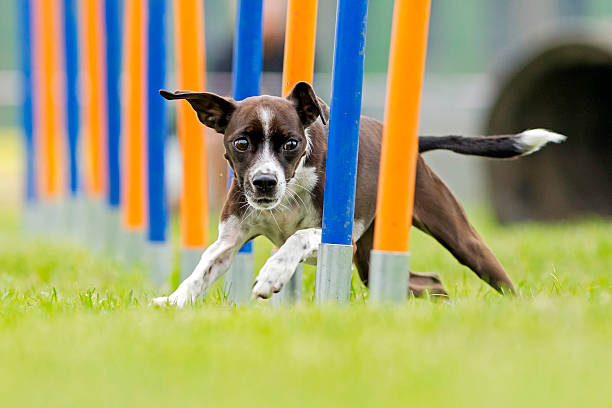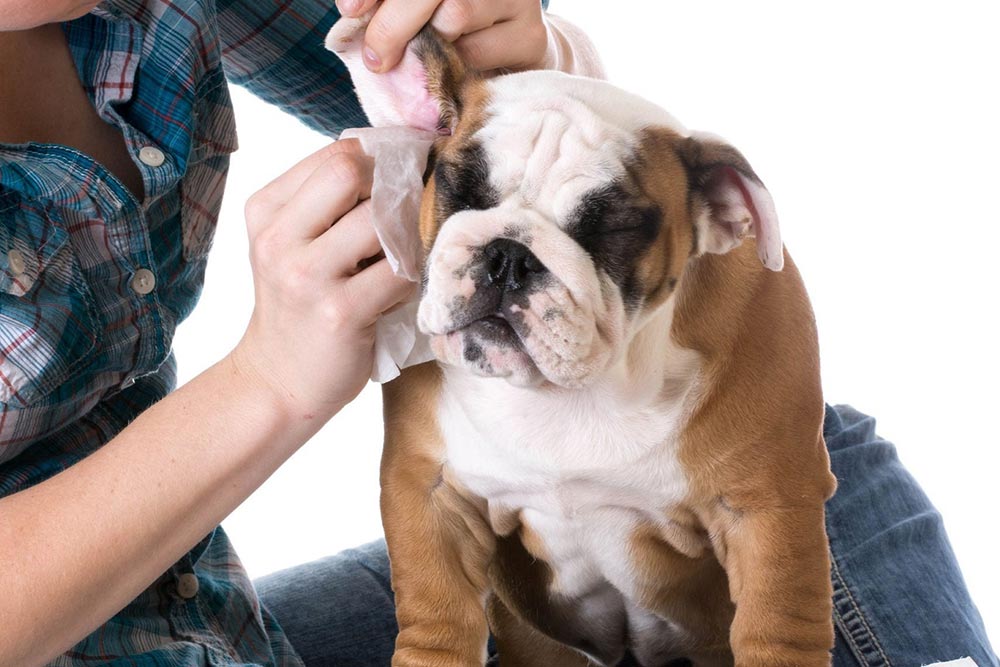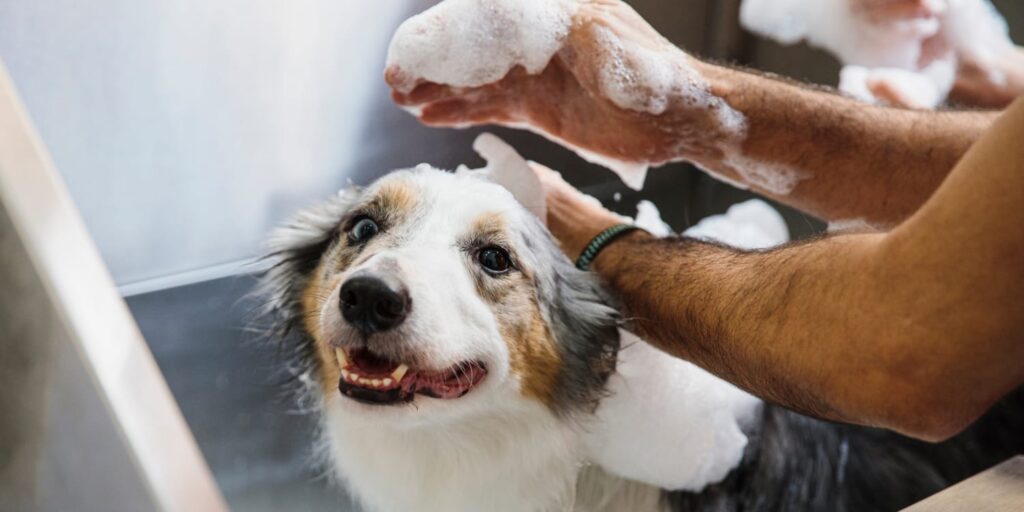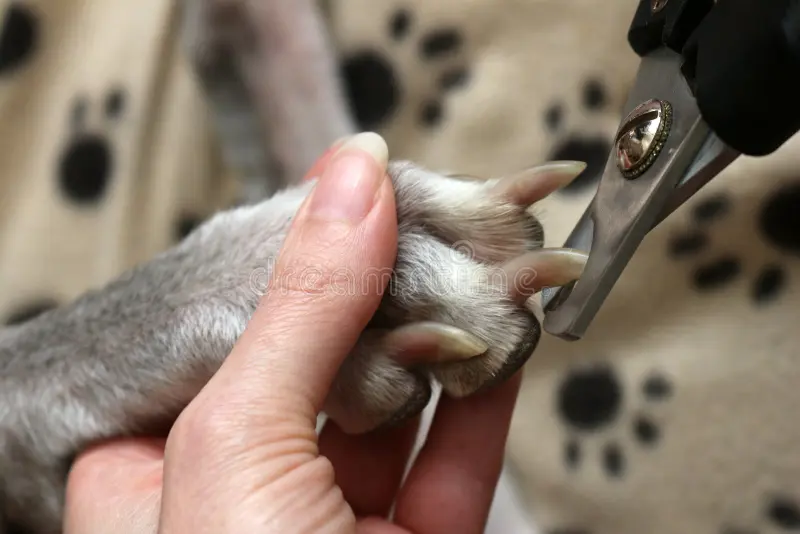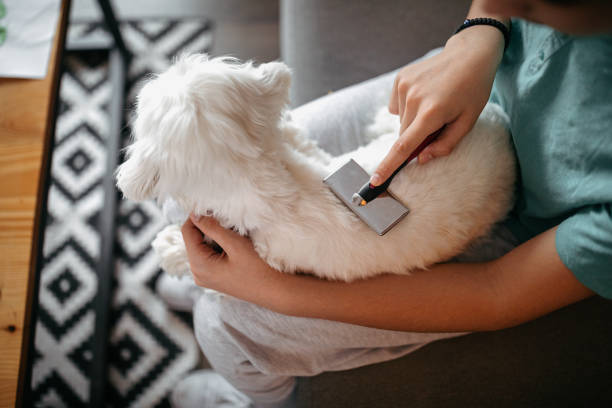Tips for Supporting Your Dog Through Labor and Delivery
Welcoming a litter of puppies into the world is an exciting yet challenging experience for both you and your dog. As a responsible pet owner, it’s essential to understand the whelping process and provide the necessary support to ensure a safe and successful delivery. In this guide, we’ll explore some valuable tips for supporting your dog through labor and delivery.
Understanding Whelping
Whelping, also known as the birthing process, refers to the act of giving birth in dogs. It typically occurs approximately 63 days after mating, although this timeframe can vary depending on factors such as breed and individual health.
Signs of Approaching Labor
As your dog’s due date approaches, you may notice several signs indicating that labor is imminent. These may include restlessness, nesting behavior, a drop in body temperature, and loss of appetite. It’s essential to monitor your dog closely and be prepared for the onset of labor.
Preparing for Whelping
Before labor begins, create a comfortable and safe whelping area where your dog can give birth and care for her puppies. Choose a quiet, warm, and draft-free location, such as a whelping box lined with soft bedding.
Gathering Supplies
Ensure you have all the necessary supplies on hand before labor begins. This includes clean towels for drying puppies, a heating pad or lamp to maintain warmth, sterile scissors and dental floss for cutting and tying umbilical cords, and a scale for weighing newborn puppies.
Supporting Your Dog During Labor
During labor, your dog may experience discomfort and anxiety. Provide reassurance and comfort by staying by her side, offering gentle pets and soothing words, and maintaining a calm and supportive presence.
Monitoring Progress
Monitor your dog’s progress throughout labor, paying attention to the frequency and intensity of contractions. Keep track of the time between each puppy’s birth and ensure that each puppy is delivered within a reasonable timeframe.
Assisting with Delivery
In most cases, dogs are capable of giving birth without assistance. However, there are instances where intervention may be necessary, such as prolonged labor, difficulty delivering puppies, or signs of distress in the mother or puppies.
Safely Assisting with Birth
If you need to assist with the delivery, do so carefully and gently. Wash your hands thoroughly and use sterile equipment when necessary. Follow your veterinarian’s guidance and instructions for safely assisting with birth.
Post-Delivery Care
After delivery, provide your dog with plenty of rest, water, and nutritious food to help her recover from labor. Monitor her closely for any signs of complications, such as excessive bleeding, fever, or lethargy, and seek veterinary assistance if needed.
Caring for the Puppies
Ensure each puppy is nursing and receiving adequate warmth and nutrition from their mother. Keep the whelping area clean and comfortable, and weigh the puppies regularly to monitor their growth and development.
Potential Complications
While most births proceed smoothly, complications can arise. Be vigilant for signs of trouble, such as prolonged straining without delivering a puppy, green or bloody discharge, or signs of distress in the mother or puppies.
When to Seek Veterinary Assistance
If you suspect that your dog is experiencing complications during labor, don’t hesitate to contact your veterinarian immediately. Prompt veterinary care is crucial for addressing any issues and ensuring the health and well-being of your dog and her puppies.
CONCLUSION
Whelping can be an intense and emotional experience for both you and your dog, but with proper preparation and support, you can help ensure a safe and successful delivery. By understanding the whelping process, providing comfort and reassurance, and being prepared to assist if needed, you can help your dog bring her puppies into the world with confidence.




